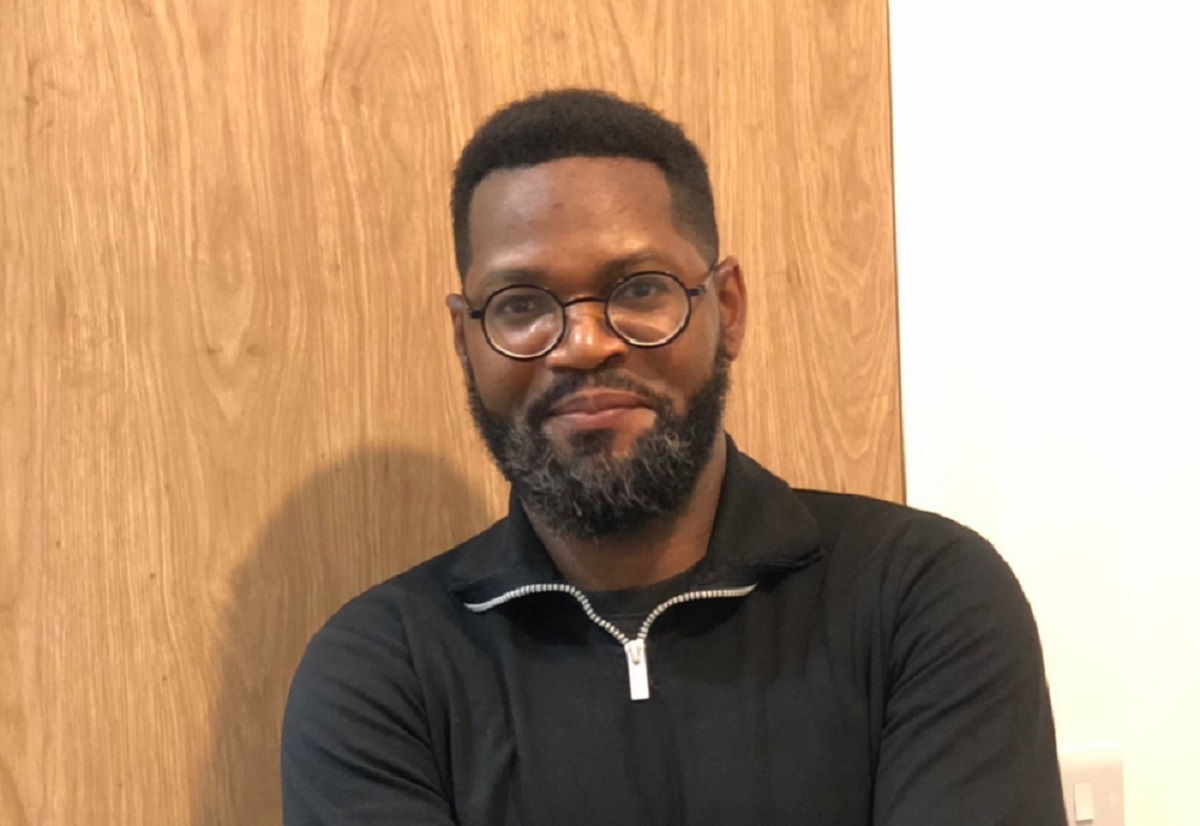Personalisty Focus: Opeayo Oshinkoya
In today’s digital terrain, software systems play a crucial role in powering businesses and driving innovation. However, the robustness and resilience of these systems can determine their ability to withstand failures and recover swiftly from disasters.
One software developer who excels in designing resilient software systems is Opeayo Oshinkoya.
With a wealth of experience in various programming languages and a passion for utilising best practices, Opeayo is at the forefront of building fault-tolerant and disaster-recovery-ready software solutions.
In this article, we will delve into the strategies and approaches Opeayo employs to create resilient software systems that can weather the storms of unexpected challenges.
Opeayo’s technical expertise extends to a wide range of programming languages and frameworks. His mastery of C# .NET/.NETCORE, Java, Spring Boot, Node.js, SQL, MongoDB, and Python empower him to leverage the best tools and technologies for each project. This versatility enables Opeayo to make informed decisions when designing and implementing resilient software systems. By carefully selecting the appropriate technologies, he ensures that the systems he builds can handle high loads, scale seamlessly, and recover swiftly in the face of failures.
One of the key strategies Opeayo employs is the implementation of fault-tolerant architectures.
He designs systems that can gracefully handle errors and failures without compromising the overall functionality and user experience.
By utilising concepts such as redundancy, failover mechanisms, and graceful degradation, Opeayo minimises the impact of failures and ensures that critical functions remain available even in adverse conditions. This approach guarantees uninterrupted service for users and prevents costly downtime for businesses.
Opeayo also emphasises thorough testing and monitoring to identify and address potential vulnerabilities proactively. He implements comprehensive testing frameworks and techniques, including unit testing, integration testing, and stress testing, to evaluate the resilience of software systems.
By subjecting the systems to various failure scenarios, Opeayo can identify weaknesses and bottlenecks, enabling him to fine-tune the architecture and improve fault tolerance.
In addition to testing, Opeayo incorporates effective monitoring and logging mechanisms into his software solutions. By implementing robust monitoring tools and leveraging the power of logs, he can proactively detect anomalies, diagnose issues, and take swift corrective actions.
Real-time monitoring of system performance, resource utilisation, and error rates allows Opeayo to identify potential failures before they escalate, ensuring the continuous availability and performance of the software systems he builds.
When it comes to disaster recovery, Opeayo follows industry best practices to minimise data loss and recovery time. He incorporates data replication and backup strategies to ensure data integrity and availability in the event of a disaster.
By implementing backup solutions and establishing recovery point objectives (RPOs) and recovery time objectives (RTOs), Opeayo ensures that critical data can be restored quickly and efficiently, minimising the impact on businesses and users.
Another important factor in Opeayo’s success in creating durable software systems is his dedication to lifelong learning and remaining current with emerging technologies and trends in the industry. In order to advance his knowledge and abilities, he actively participates in professional communities, attends conferences, and pursues continuous professional growth.
Due to his commitment, he is able to combine cutting-edge techniques and technologies into his work, thus increasing the robustness of the software systems he creates.
Here are additional strategies and approaches that Opeayo Oshinkoya employs to create resilient software systems capable of withstanding unexpected challenges:
1. Embracing Redundancy and Distributed Architecture:
Opeayo understands the importance of redundancy and distributed architecture in building resilient software systems.
By employing redundant components and distributing workloads across multiple servers or cloud instances, potential points of failure are minimised. Opeayo leverages technologies like load balancing, clustering, and distributed databases to ensure system availability, even in the face of hardware failures or network disruptions.
2. Implementing Error Handling and Logging Mechanisms:
Fault tolerance begins with robust error handling and logging mechanisms. Opeayo incorporates comprehensive error handling into the software design, capturing and processing errors gracefully.
By logging relevant information, including error details and system states, Opeayo enables efficient debugging and troubleshooting, ultimately enhancing system resilience and maintainability.
3. Applying Automated Testing and Continuous Integration:
Opeayo places great emphasis on automated testing and continuous integration to ensure software reliability and resilience. By implementing a suite of automated tests that cover various scenarios, Opeayo can detect and address potential issues early in the development cycle.
This approach, coupled with continuous integration practices, guarantees that changes to the codebase are thoroughly tested and integrated smoothly, reducing the risk of introducing vulnerabilities or breaking existing functionalities.
4. Employing Backup and Disaster Recovery Strategies:
To safeguard against catastrophic events, Opeayo incorporates robust backup and disaster recovery strategies into software systems.
This includes regular backups of critical data, implementing replication or mirroring mechanisms for redundancy, and establishing comprehensive disaster recovery plans. Opeayo’s diligent approach ensures that in the event of data loss or system failure, the software can recover swiftly and minimise disruption to business operations.
5. Monitoring and Alerting for Proactive Maintenance:
Opeayo understands that proactive maintenance is crucial for maintaining the resilience of software systems. By implementing effective monitoring and alerting mechanisms, Opeayo ensures that potential issues or anomalies are detected promptly.
Real-time monitoring of system metrics, logs, and performance indicators allows for proactive identification and resolution of bottlenecks or potential failures, preventing them from escalating into critical issues.
Opeayo Oshinkoya’s expertise in building resilient software systems demonstrates the significance of fault tolerance and disaster recovery in today’s technology-driven world.





